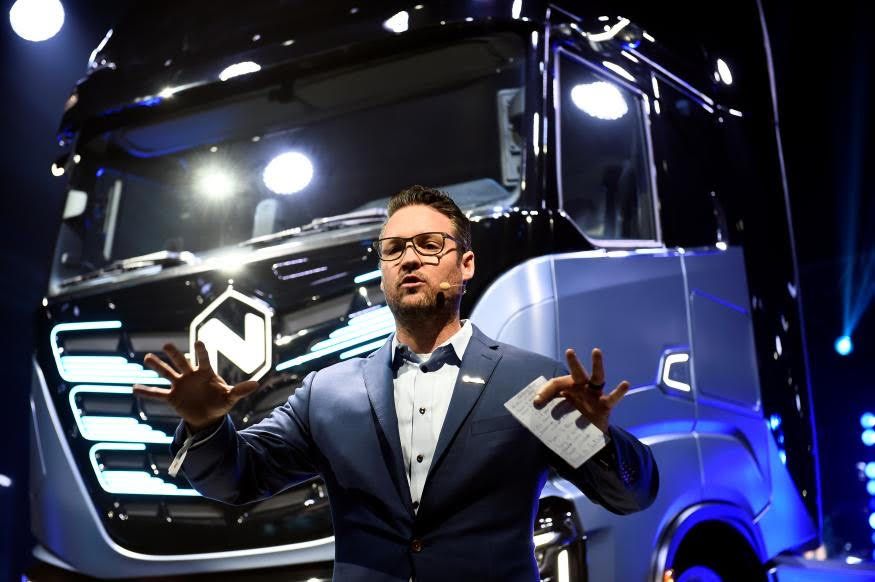INVESTMENT PERSPECTIVE
By J Mulraj
Dec 25, 2022 – Jan 1, 2023
The role of financial and technological innovations in their rise and demise
In November 2022 crypto exchange FTX, once valued at $ 32 b., collapsed, along with its sister concern, Alameda Research, a crypto trading company. Alameda did quant, or algo trading, (a technological innovation) where trades are executed by automated pre-trading instructions whose speed cannot possibly be matched by humans. Algorithm trading relies on portfolio insurance, using the financial innovation of put options. Other technological innovations, such as Electronic Communications Networks (ECNs), which allowed trading outside of the well regulated stock exchanges, and decimalization, which facilitated trading in a tick size of $ 0.01 instead of the 1/16th of a dollar (0.0625). This lowered the buy-sell spread thus facilitating algo trading.
It was excessive algo trading that led to losses at Alameda, which dipped into customer deposits at FTX, in a display of remarkably poor corporate governance. The stock price of FTX fell from its peak of $ 65.96, in June 2021, to $ 2.26 today. The 30 year old promoter of FTX, Sam Bankman-Fried, has been arrested, and released on a whopping bail of $ 250 m. (His parents mortgaged their home as collateral). The bankruptcy court has appointed John Ray as CEO of FTX, he was the one who managed the bankruptcy of Enron. Ray stated he had never seen a company where accounts were so poor that nobody knew how much money was there, or where it was! Nor were there any employee records.
But FTX was bankrupted by misuse of algo trading technology, by mismanagement, by poor financial controls, and by plain embezzlement. And by a lack of regulatory oversight. Sam was a donor to the Democratic Party, which probably helped in the light scrutiny of FTX.
A month before the FTX fraud, the founder of Nikola, Trevor Milton, (pictured above) was found guilty of fraud. He presented Nikola as an EV truck manufacturer, painting dreams of it being for trucks what Tesla (whose stock price was zooming) was for cars. Nikola didn’t have any EV battery to drive the truck, but, in a feat of inspired chicanery, made a video of a Nikola truck seemingly moving on a road at high speed. What Trevor had done was to haul the chassis of a made up truck, up a hill, with no engine, hire a well known actor to drive it, and roll it down the hill. It then glided on an empty road with a slight gradient, which appeared flat.
It managed to convince the likes of General Motors to enter into a JV agreement with Nikola, which was announced with fanfare. Trevor wanted to cash in, by getting the company listed. A regular listing process would take time, so he went the SPAC route.
SPACs have been around for years, but have become popularized recently, especially since quantitative easing provided plenty of cheap money. SPAC is short for Special Purpose Acquisition Vehicle, aka blank cheque companies. The promoter of a SPAC gets it listed on the stock exchange, and raises money to acquire another company in future, through a merger. At the time of listing, investors don’t know which company will be so acquired or what it does, or how good the fundamentals are. SPACs are financial innovations.
With the General Motors JV backing it, Nikola got reverse merged into a SPAC, reverting to its own name after the merger. Overnight, Trevor Milton became a multi billionaire, using part of the sale proceeds of his stock to buy a fancy house. All, without having a workable product!
Derivatives were another financial innovation, one that caused the global financial crisis in 2008. Big banks went on a lending orgy, providing mortgage loans to anyone, including NINJAs (people having No Income, No Jobs and no Assets). Of course such lending was highly prone to default, but banks did not care. They simply ‘initiated’ loans. The collection risk was divested, to retail investors, by ‘securitizing the loans. Securitization is a financial innovation in which several mortgage loans are packaged together, then sliced into small bites (so retail investors can invest) and sold, after obtaining a credit rating, to retail investors. Rating firms like Moody’s even gave some securitized loans a AAA rating! Moody’s later, once the folly was made public, changed their rating from AAA to junk, in one move. Rating changes are done in small steps, one notch at a time, and never in one swoop. This was one of the main triggers of the global financial crisis.
Today the global derivative exposure is over $ 1200 trillion. This points to another, worse, global financial crisis.
Financial and technological innovations provide benefits, yes, but need to be properly regulated by alert regulators.
Last week the BSE Sensex closed at 60840, for a weekly gain of 995 points.
The Ukraine war continues to be the prime focus of global investors. China provoked Taiwan several times, breaching its air defense zone, raising tension. The UK is in the midst of a bad recession, with inflation rising above 10%. Germany, EUs largest economy, also has inflation over 10%. Shorn of supply of Russian energy, other EU countries are heading in the same direction.
So it is likely that rising interest rates, in order to combat inflation, would push other countries into a recession. If a negotiated settlement is reached to end the Ukraine conflict, and if this results in a resumption of energy supplies, the market would rally. Perhaps at the end of Q1, 2023. Let’s pray this happens and it can, hopefully be a Happy New Year!
Picture source: https://www.engadget.com/nikola-ev-short-selling-012546201.html
Comments may be sent to jmulraj@asiaconverge.com










































COMMENTS